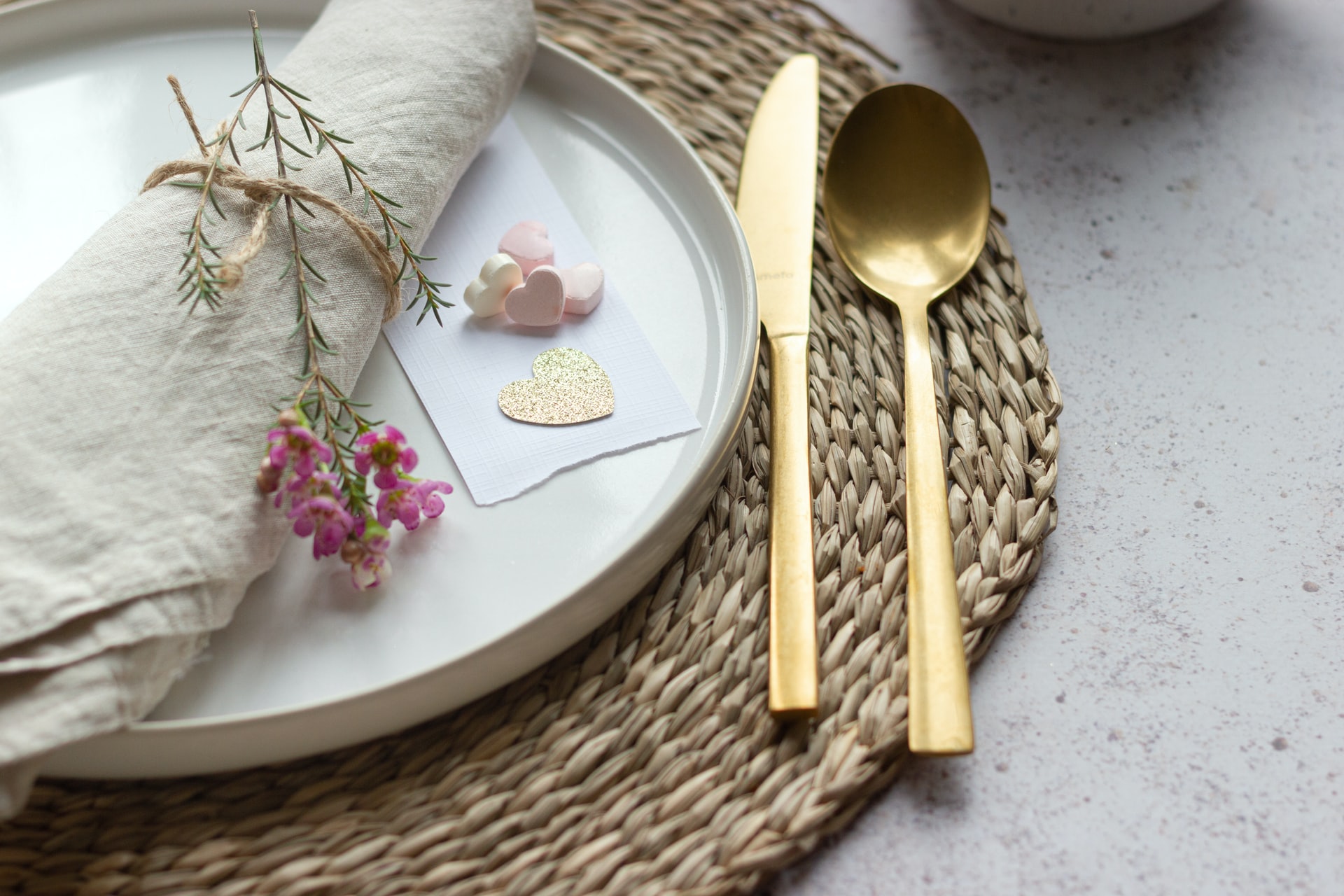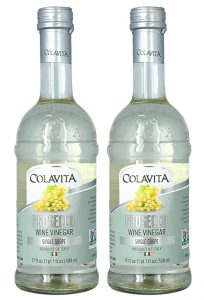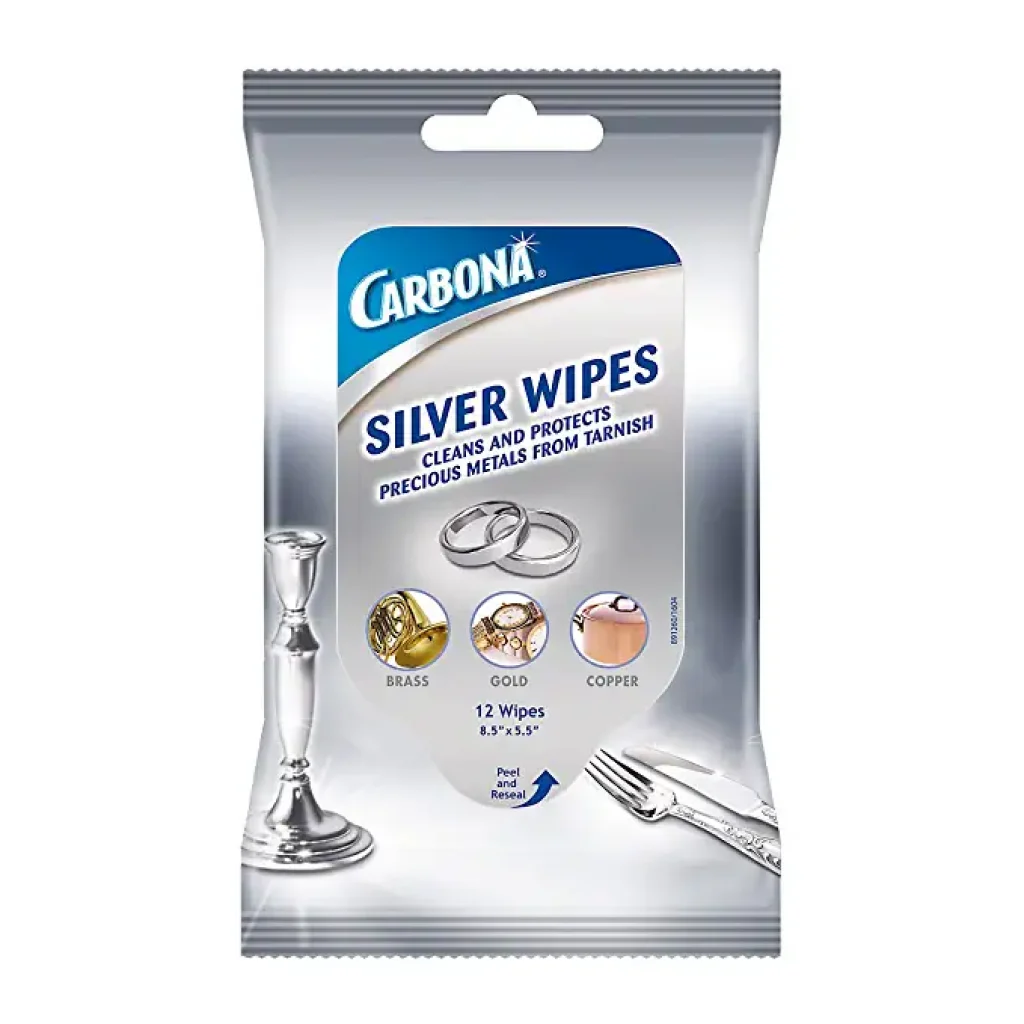
You can do a lot for your cutlery to maintain their sheen and keep them clean without effort. Somewhat, that has quite been the opposite for the past few years until one of my recent epiphany moments on cleaning cutlery. Frankly, it’s changed how I tidy up my utensils, and it’s become a joy keeping them in perfect shape. So, how do you clean cutlery? In this article, I’ll offer my cutlery cleaning tips about what I’ve learned and practiced cleaning my utensils to help make things more seamless for you in the kitchen.
Use White Vinegar to Clean Your Cutlery
Most of your silver cutlery needs to maintain its shine for a long time, but that often seems unachievable with standard cleaning. Instead, they may appear greasy and stained, which is often aggravating. However, white vinegar is usually my cheat code to better reveal their sheen and give them the appeal you want. So, once I’m done washing them, and they’re sparkly clean, I use a sponge with white vinegar for the finishing touches. I usually take my time with that for every silver cutlery to ensure that the vinegar works better.

Allow for More Room in the Dishwasher
While handwashing is usually the best to neaten cutlery without scratching, sometimes the time and effort needed can be too much. So, the dishwasher becomes my go-to choice, which risks scratching. However, that usually happens when you fail to give your cutlery sufficient room with other dishes, which encourages movement during the cycle. Stainless steel cutlery is more vulnerable to scratching, especially if you place them too close. But still, your silver cutlery has a significant chance of getting these nagging scratches if you fail to space them properly in the dishwasher.
Immediately Dry Your Utensils
Most people mistake letting their cutlery air-dry after completing a dishwasher cycle. However, that’s where things go wrong since water has a far-reaching impact on them. Stainless steel can tarnish, and rust can build up if you let moisture settle on your cutlery for long. That’s typical if you leave your cutlery in the dishwasher after cleaning, perhaps to store them and free up space. Therefore, it’s ideal that you hand dry them using a tea towel to remove every drop of moisture. And while doing so, you should be rather careful not to apply too much-scratching pressure.
Clean Your Cutlery Cautiously When Handwashing
Cleaning knife blades and other sharp-edged cutlery can be challenging when you don’t want to risk any cuts during handwashing. I usually clean my cutlery cautiously to alleviate the risk, with the blades pointed away from me. It becomes easier to clean them with a soft sponge while stroking along the length gently. I also carefully rinse by dipping them in water and using similar stroking movements, pat them dry and properly store them.
Remove Light Scratches Using Baking Soda
Sometimes, the damage may already be done, or perhaps the impact of scratches may not be too tremendous. So, here’s the good news:

you can restore your cutlery’s initial glitter if they’re mildly scratched! And the best thing to use is baking soda. This substance has an uncanny ability to remove light scratches from stainless steel since it’s a mild abrasive. You can create a paste by mixing it with a bit of water, applying it to the surface of your scratched cutlery, and rub slightly. Afterward, you can wipe the paste off with a damp cloth and you’ll indeed have a shinny cutler, all good as new.
Gently Clean Your Plastic Cutlery
Plastic cutlery isn’t so common but is available in most homesteads for a reason. Kids use these cutleries more with mainly engraved cartoon characters. Besides, they’re much safer, with no sturdy edges to harm their gums. Even so, adults may prefer using these cutleries and may have them in plenty. If that’s your case, you need to be gentler when washing them to prevent imminent scratching or wear off. The colors must be intact and the sheen in place for a long time. To help you achieve that, you must be gentle with a highly soft sponge washing them.
Use Rubbing Alcohol for Greased Cutlery
While soap and water can do the work pretty okay, it’s possible that it feels strenuous and time-consuming. Some people may kick it up a notch by using some hot water to disintegrate grease and speed up the cleaning. But, it’s always challenging to get it all out in a single cycle, prompting more repeated washing. But, rubbing alcohol can make it a breeze. I usually mix equal parts of rubbing alcohol and hot water and dip a sponge in this silverware cleaning solution. Then I gently wipe the grease off, and it all comes out without an effort.
Wash Your Cutlery as Soon as You Use Them
I don’t usually let my cutlery stay dirty overnight and perhaps spiff them up in the morning. Instead, I wash my cutlery immediately after I’m done eating. You don’t want to let germs and bacteria find a cozy home in your smudged cutlery. And since that may make you finicky with the thought of having germs in your cutlery, immediately cleaning them gives you peace of mind.
Never Scratch Dirt Off Your Cutlery
Earlier, I thought that scratching hard-stuck solid food from my cutlery was okay, but I damaged them with permanent scratches. However, I learned how unthoughtful that was as rubbing my silver cutlery took me to the kitchenware shops to buy new sets severally. Soaking dirty cutlery for a few minutes loosens up the stiff and stuck food, making it relatively easy to dislodge. That prevents scratches that can ruin your cutlery.
Have a Special Cleaning Sponge for Your Cutlery
Having a separate cutlery cleaning sponge seems odd, but it’s worked wonders for me. Remember, your other utensils may need more robust sponges with hard surfaces, and you may mistakenly use them to clean your cutlery. Your silver cutlery will take more damage since this material is sensitive to tough sponges. Also, your plastics may lose their paint quickly, making them less appealing.
Cutlery cleaning wipes
You’re in a rush, you’ve got a million things to do, and you’re just trying to get through your day. But then—you can’t find your cutlery cleaning wipes. You’ve looked everywhere, but you just can’t seem to locate them.
The good news is that cutlery cleaning wipes can help! They’re small and portable, so they won’t take up much space in your bag or purse. And since they’re individually wrapped, you don’t have to worry about them drying out or getting dirty while you’re on the go.
This cutlery cleaning wipe is the perfect way to get rid of those pesky bacteria and viruses that can build up on your cutlery. Simply wet one of the wipes, and wipe down all the surfaces of your silverware. Then, dry it with a fresh wipe and store it in your drawer or cabinet until you’re ready to use it again.

Conclusion
Having convincingly clean and sparkly cutlery needs some thought into it. But you don’t have to think more profoundly because these few cutlery–cleaning tips will help. Hopefully, your cutlery washing will never be the same again!







